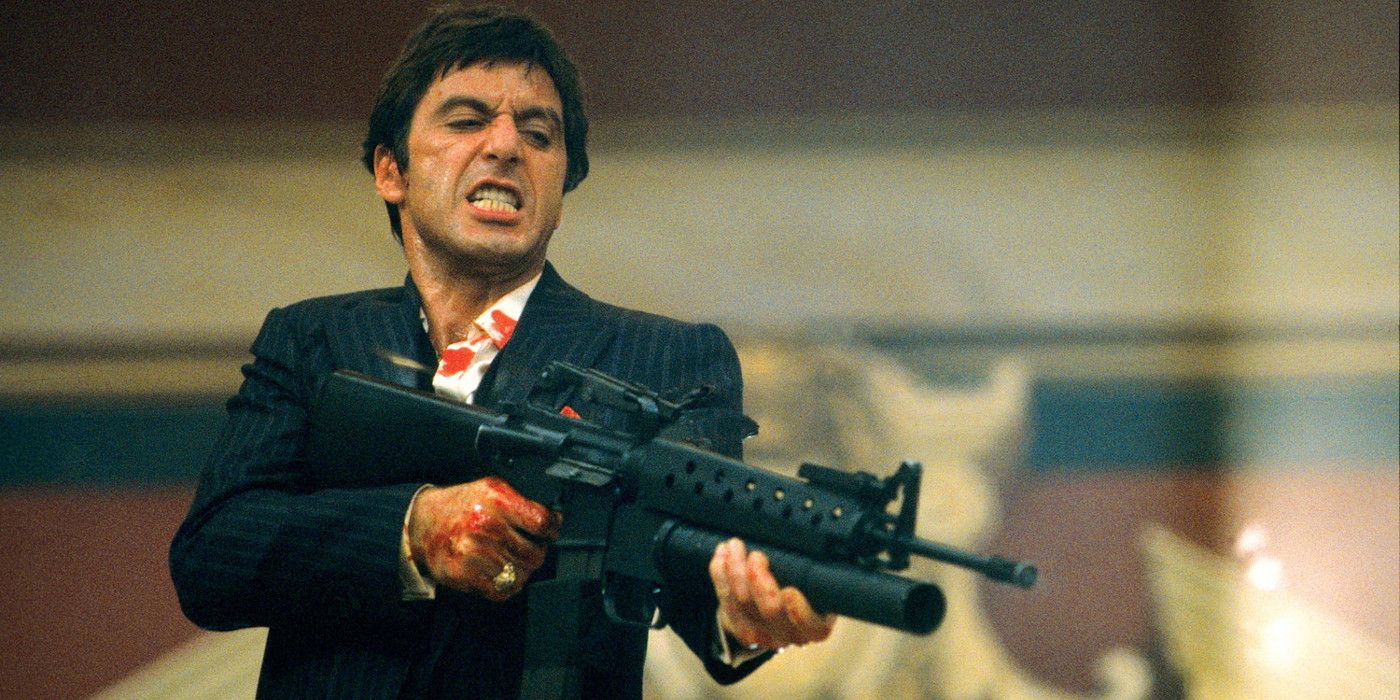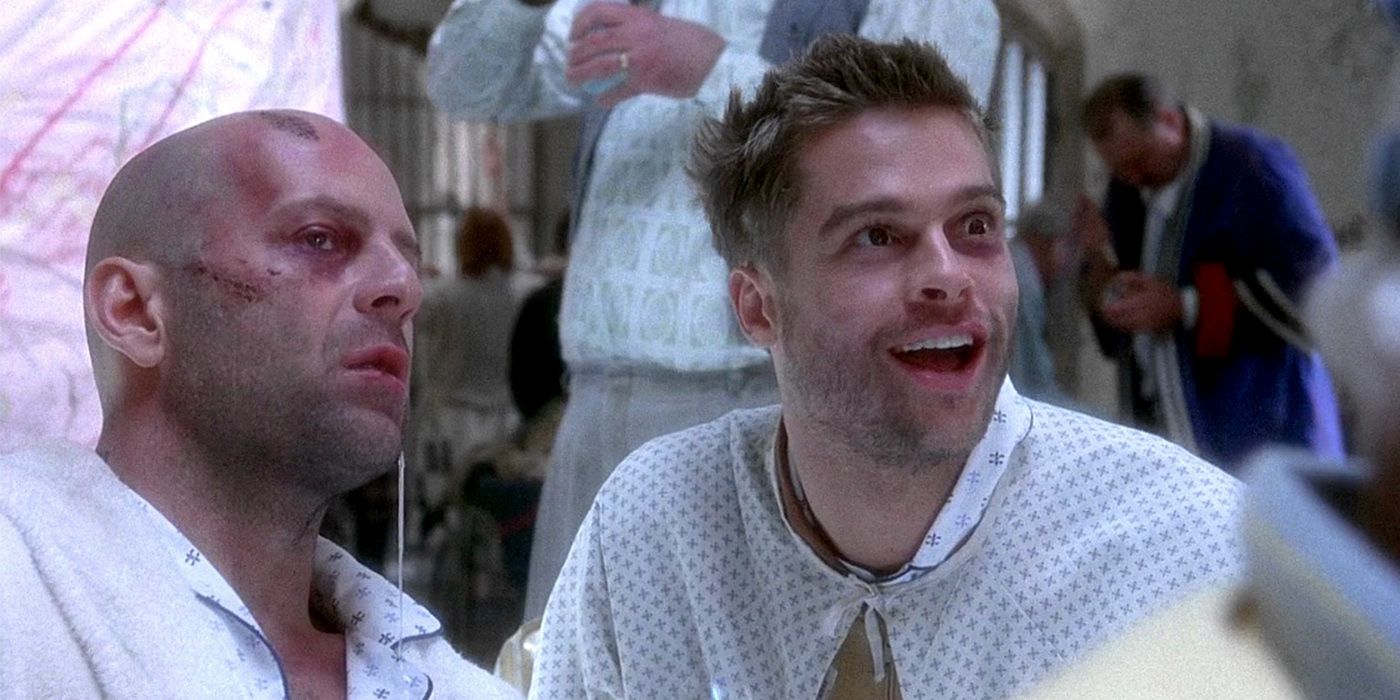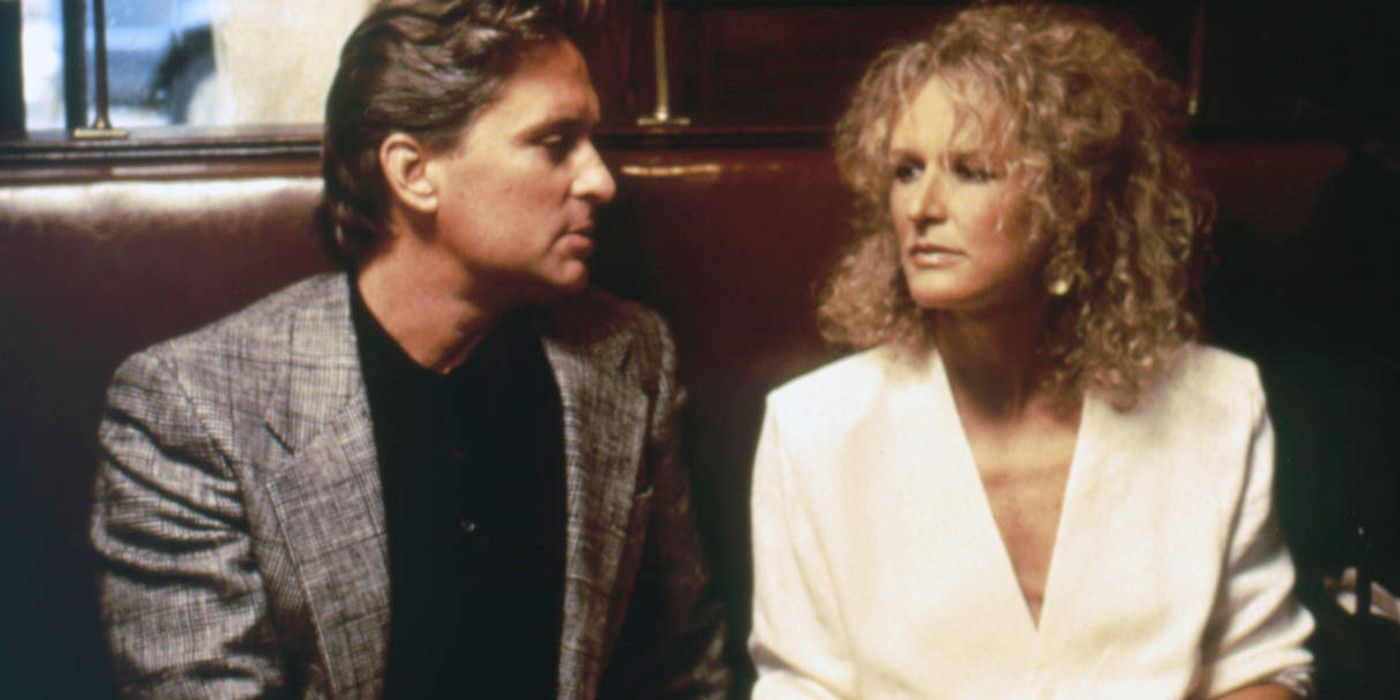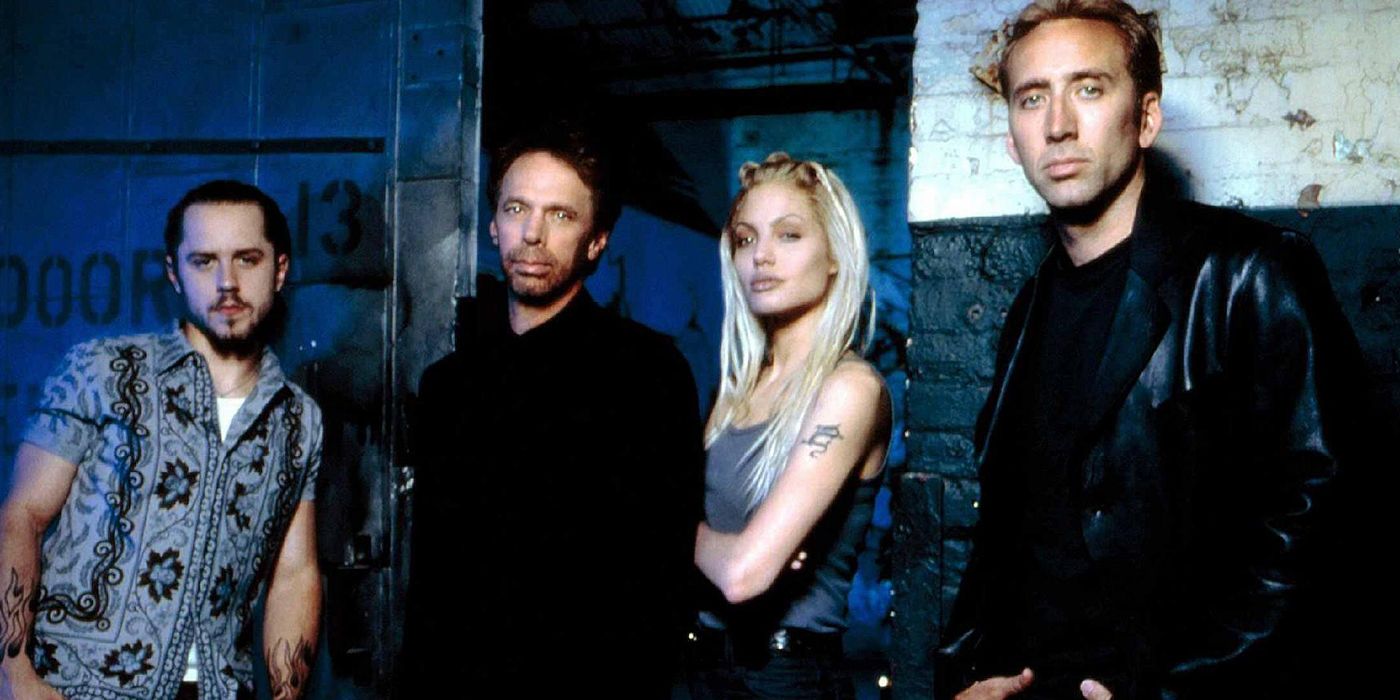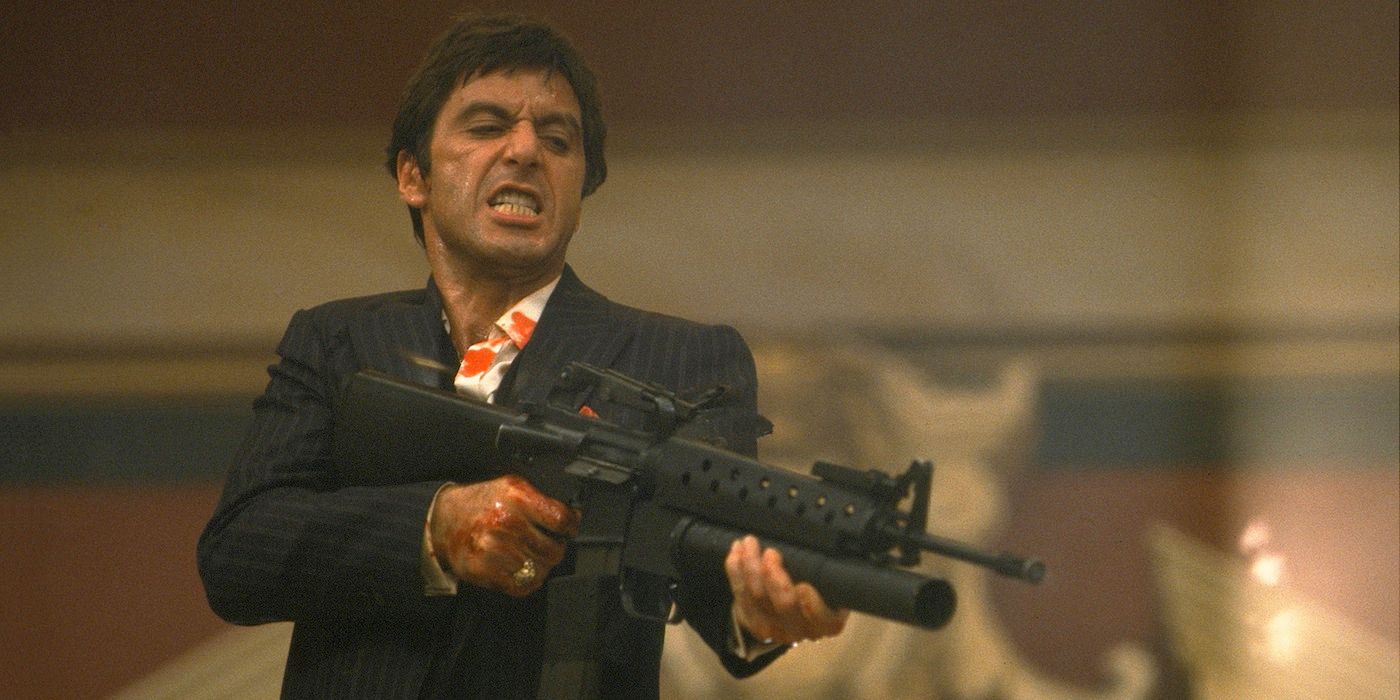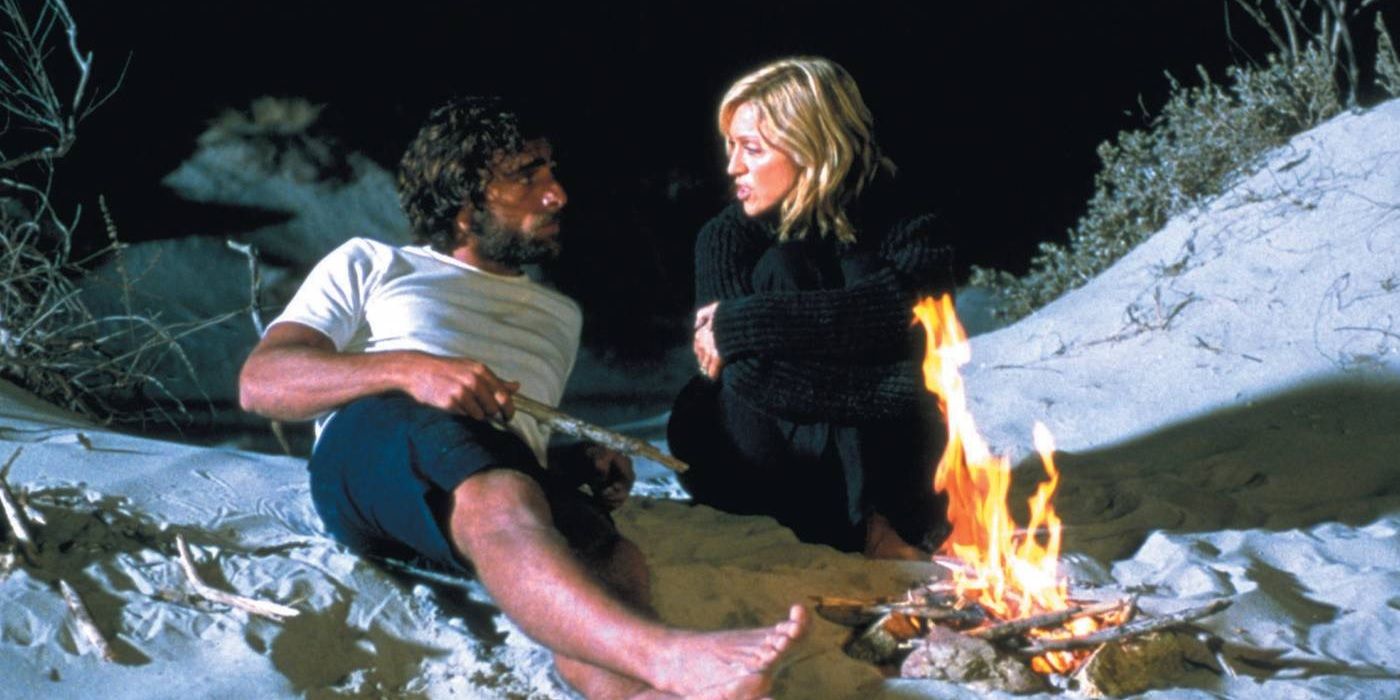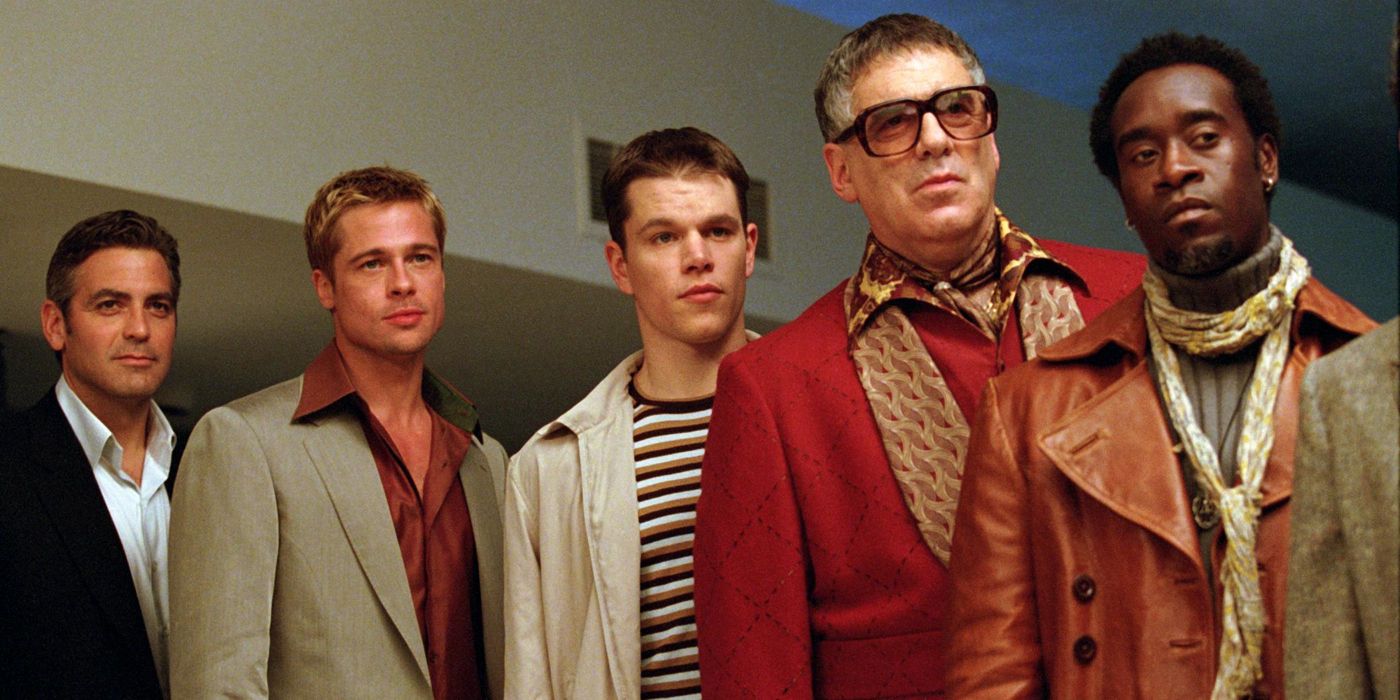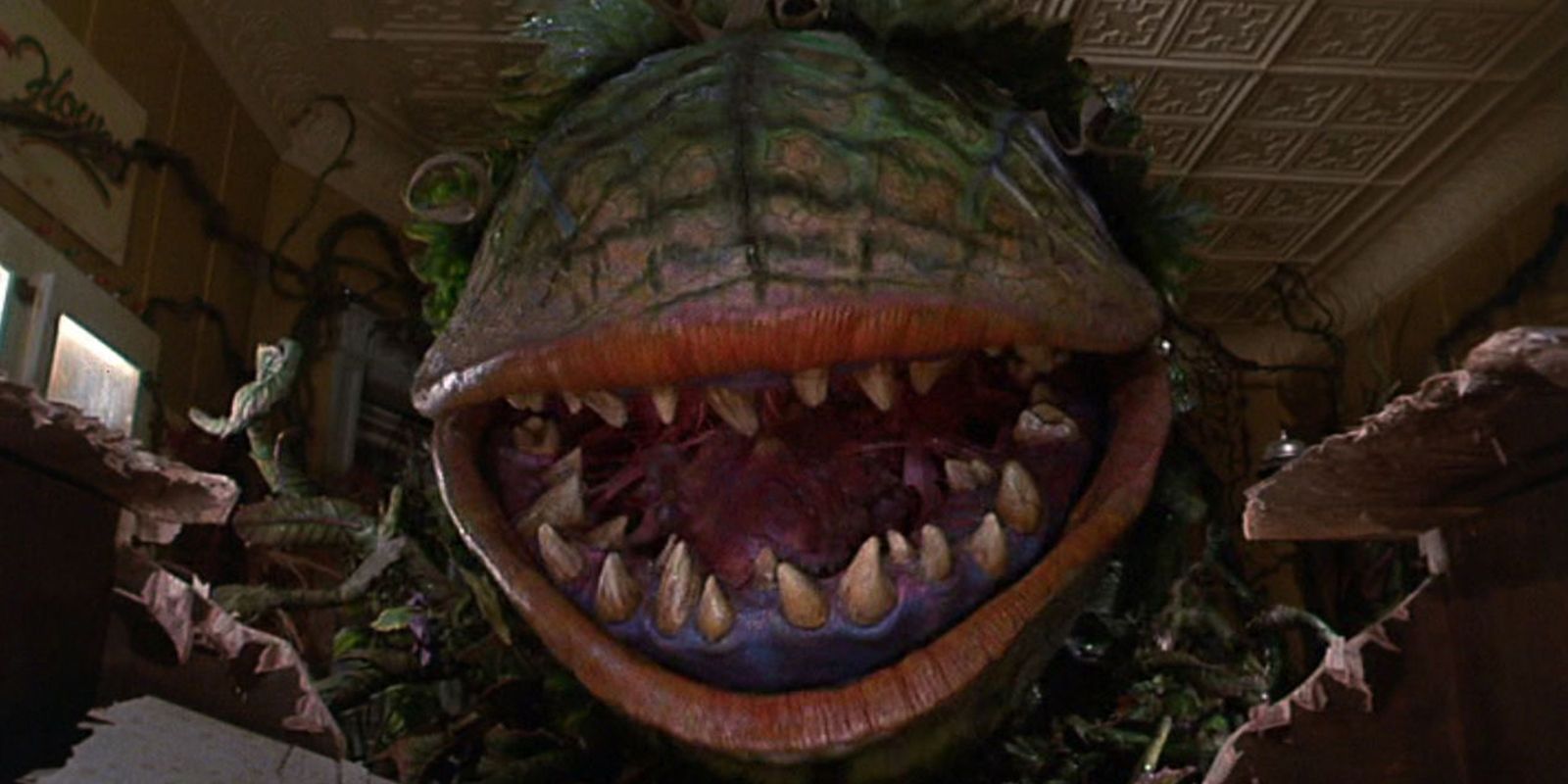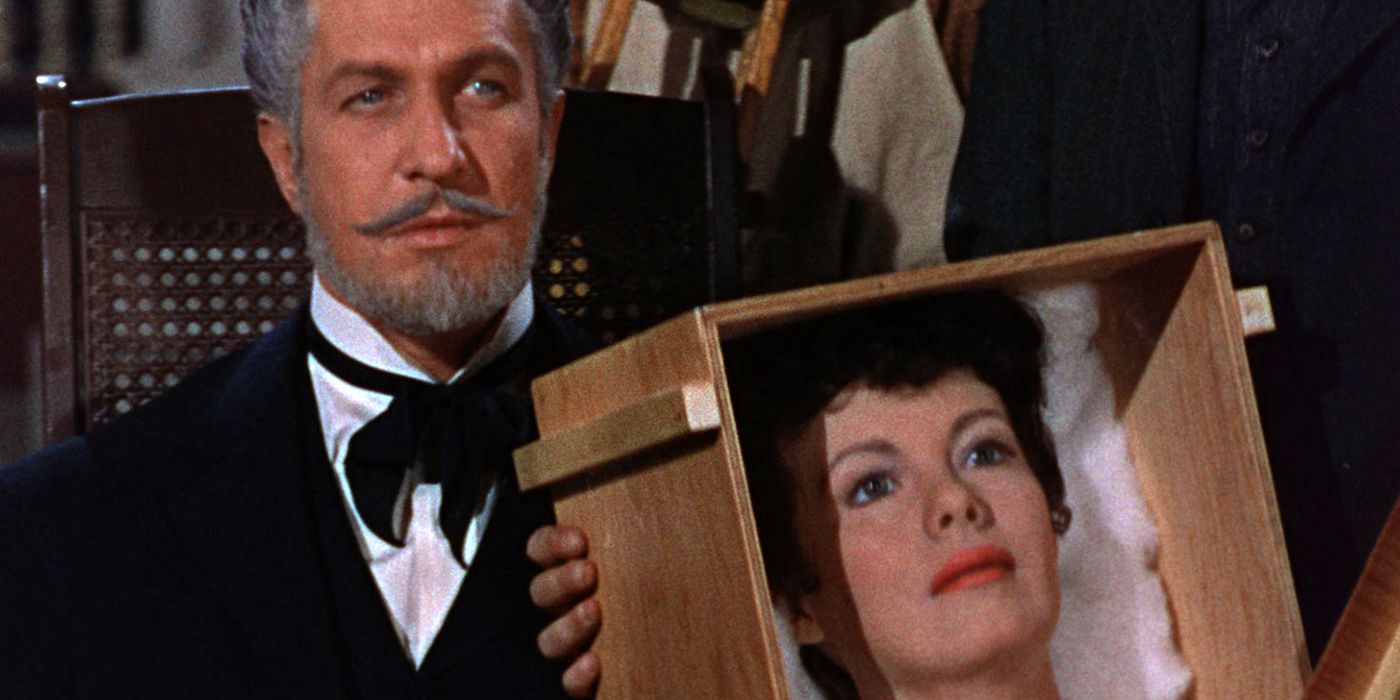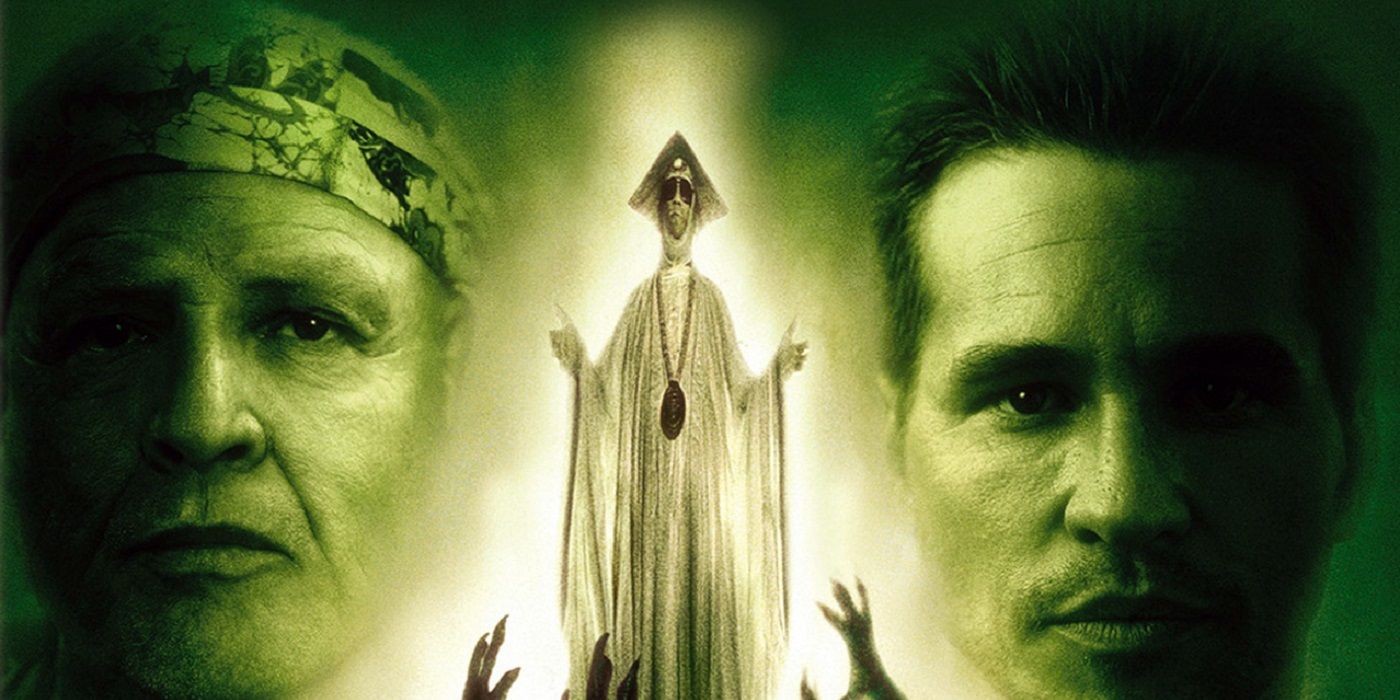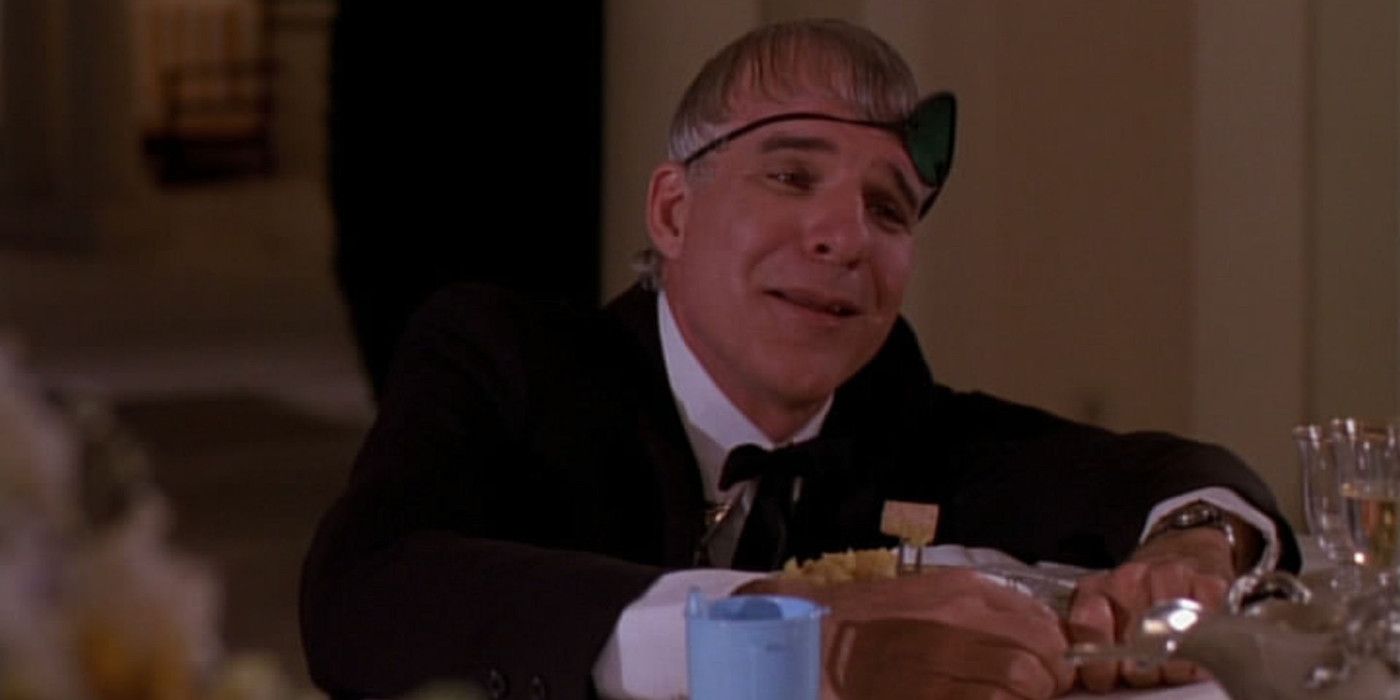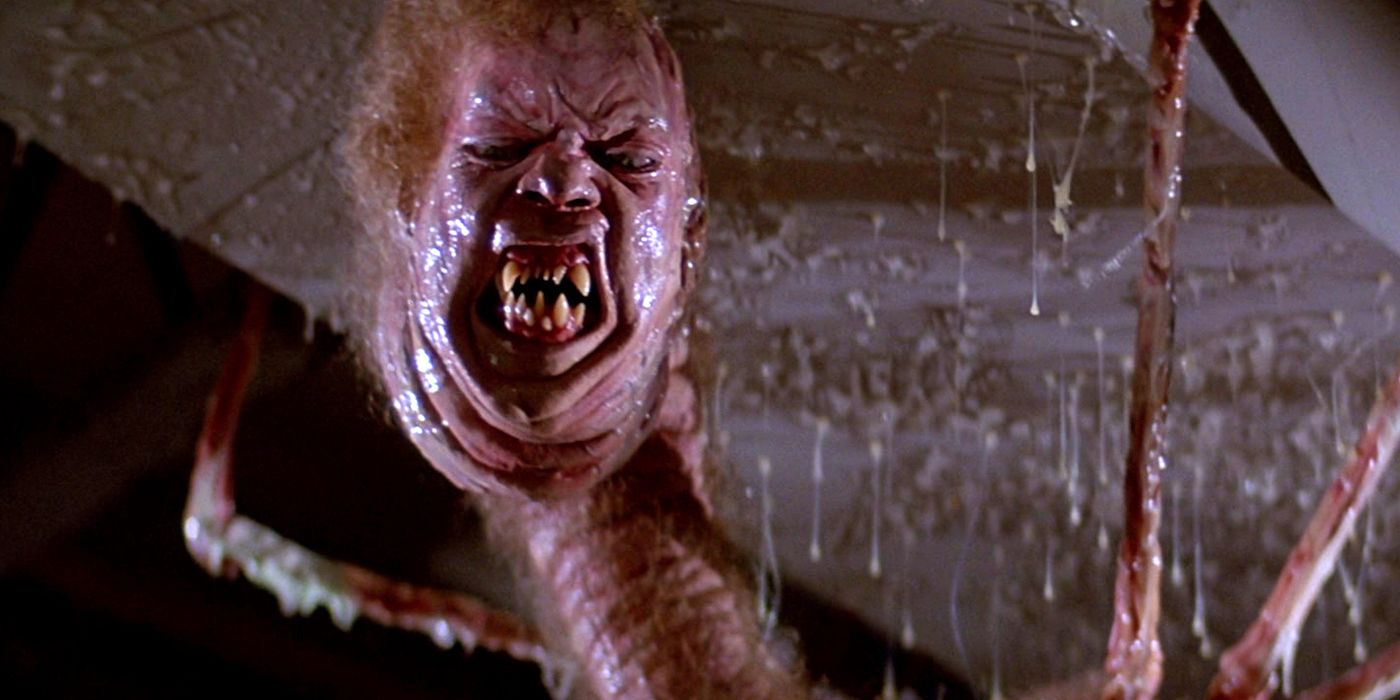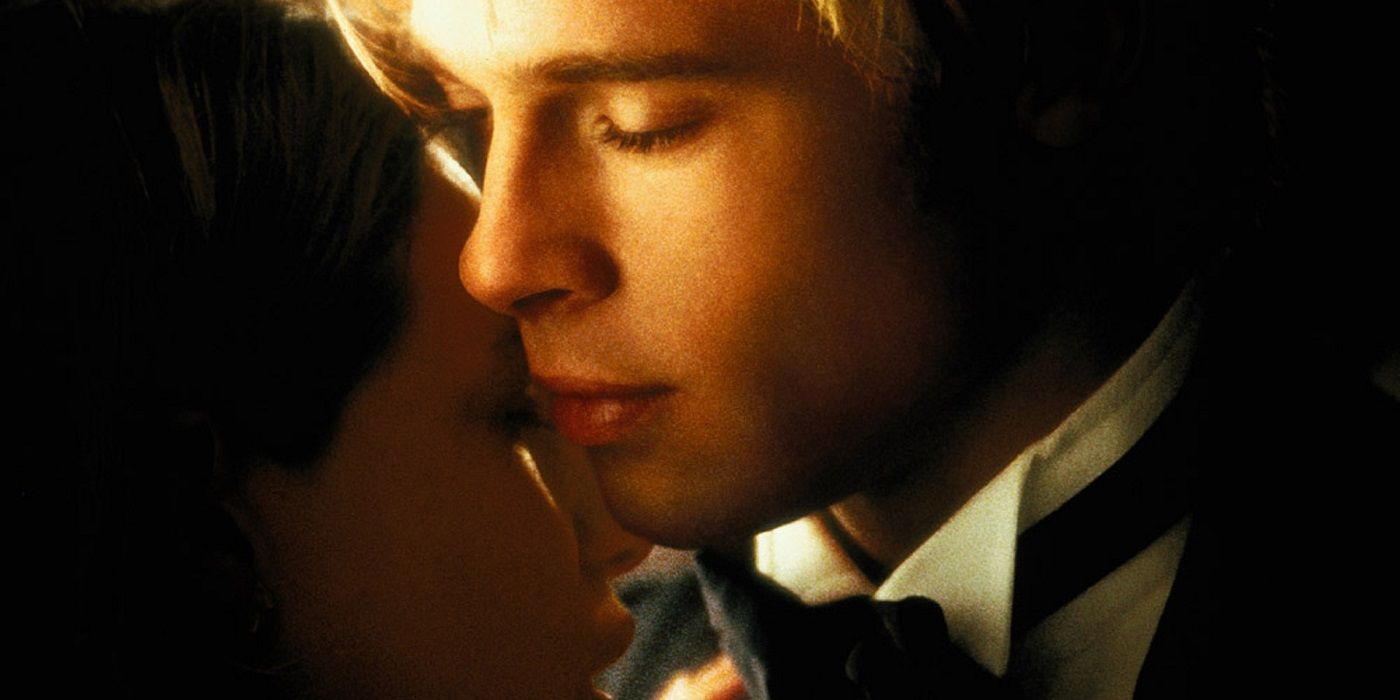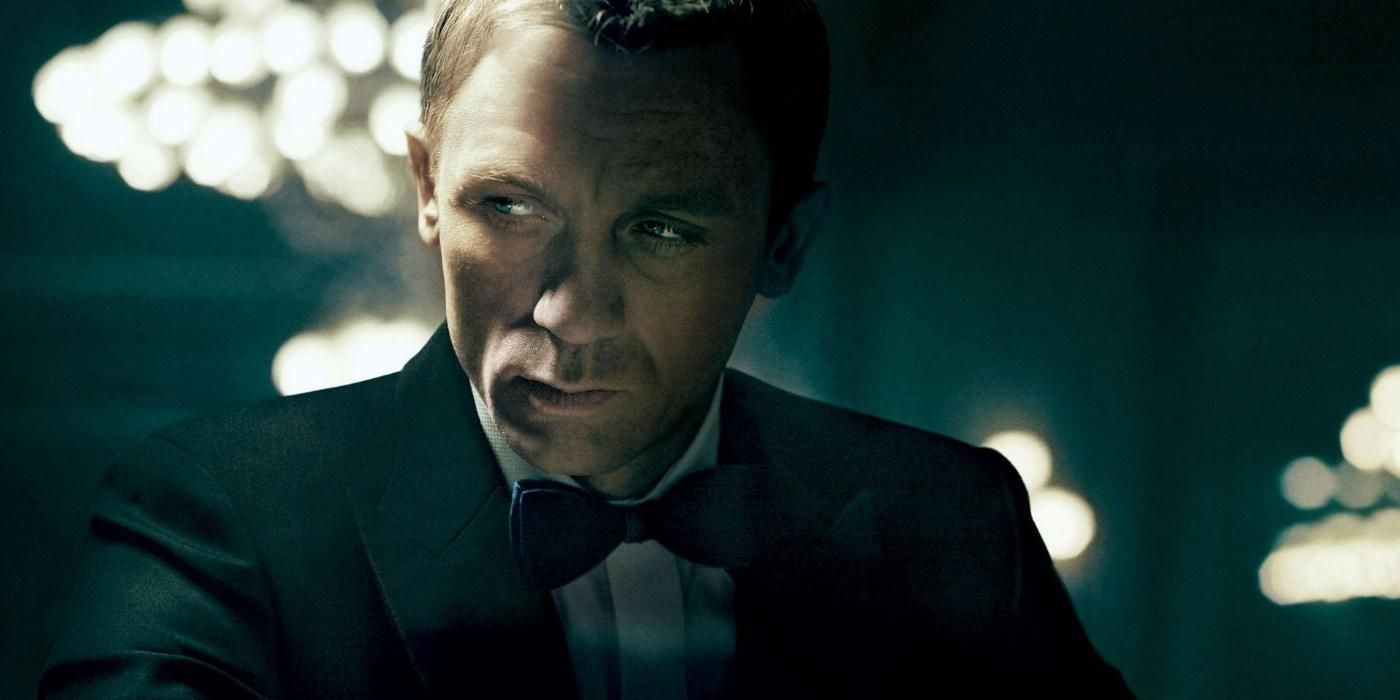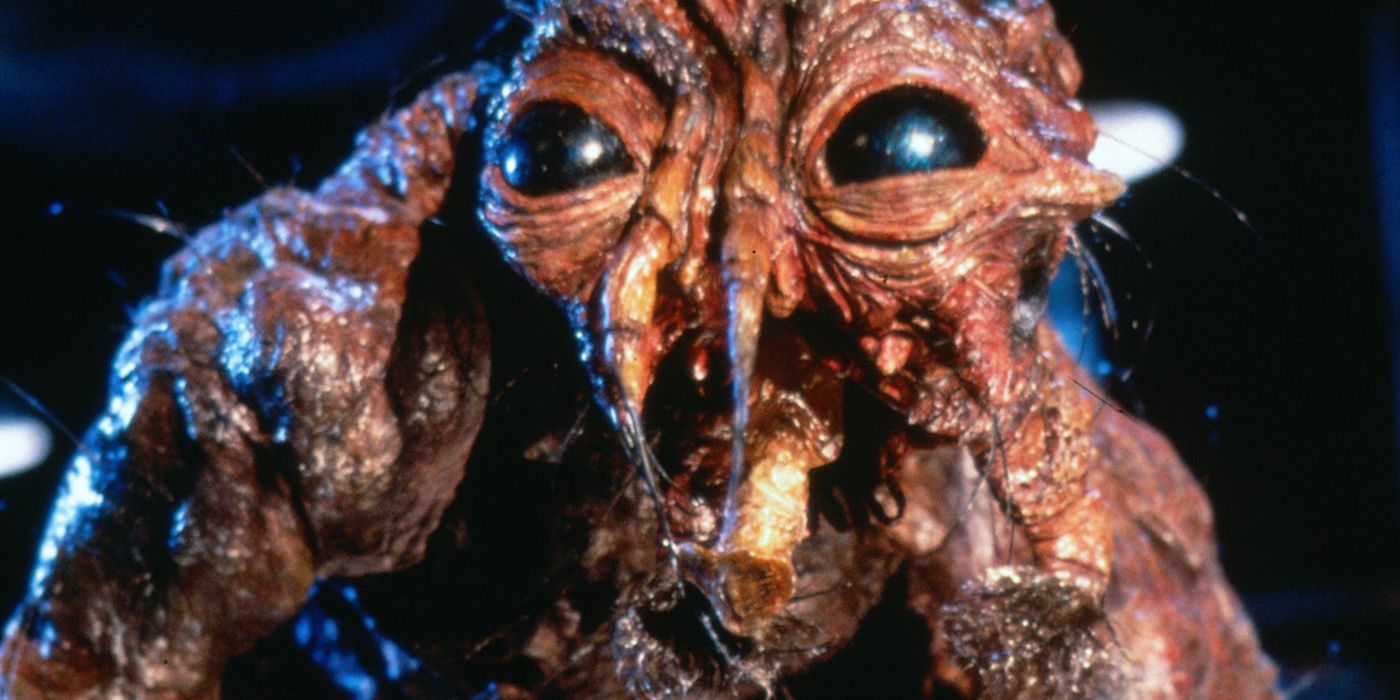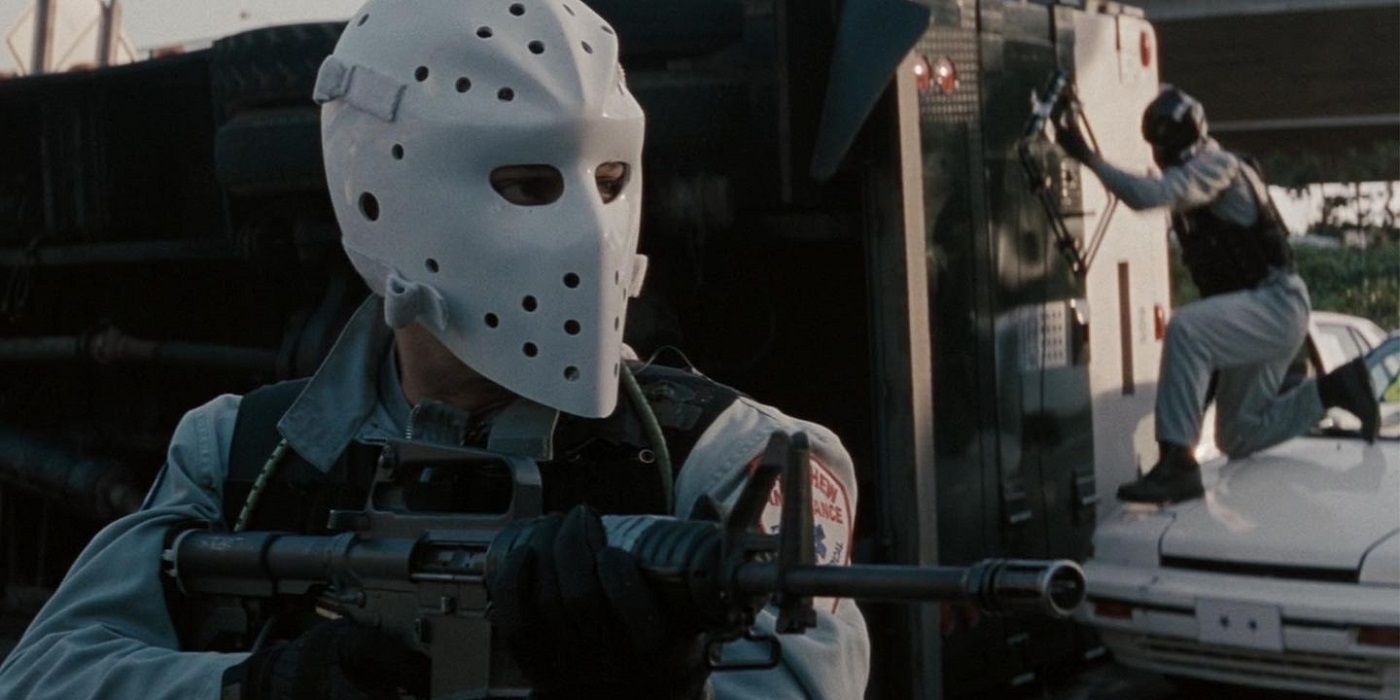With all the remakes, reboots ("soft" or otherwise), and re-imaginings the film industry blasts out, it's hardly surprising to learn that a particular project existed in some form or another. But things get a little more interesting when you find out that the updated version of a movie has so overtaken the original that you had no idea it was a remake at all.
That isn't necessarily true of all of our picks below; some of the first goes at these stories are highly regarded as classics themselves. But that's doesn't mean our minds don't default to the newer model when we hear their shared title, or when it comes up in bar trivia, or our drunk friend texts us from a party at 2 a.m. to settle a bet. Hypothetically.
Here are 15 remakes that have overtaken their predecessors in popularity (but not necessarily quality), like the main character in A Star Is Born -- which, itself, has been made five times, including Bollywood and Malayalam versions in India, with a sixth, Hollywood version on the way. But we'll leave it up to you to decide which version is "true," provided you pick the Judy Garland/James Mason one from 1954 because it is clearly the best.
15. 12 Monkeys
One Oscar-nominated film by Terry Gilliam and a SyFy original series have managed to divorce this project almost entirely from director Chris Marker's 1962 film, La Jetée. It's a brilliant film that tells more or less the same story in less than a quarter of the time, and the bulk of it is just a series of still images. It's essentially the most engaging slideshow ever made.
A single, seconds-long shot later on actually moves; it's a few frames of the time traveler's love interest cracking a smile. It signifies the main character's true, emotional connection with the thriving world of the "past" that the woman signifies, which leads to his desire to throw off his mission of saving the future and just stay there. But if you've seen 12 Monkeys, you know how that works out. See, the memory that makes him the only person capable of surviving all those time jumps -- a persistent image of seeing a man die at an airport when he was a child -- was his own future death, and he can neither avoid nor prevent it.
Neither film mentions paradoxes at all; they're happy just letting time be this impartial, closed loop and leave the audiences to get depressed all on their own.
14. Fatal Attraction
We were surprised to learn that the 1987 thriller starring Glenn Close, Michael Douglas, and Anne Archer was a remake of Diversion, a short film that screenwriter James Dearden wrote and directed in 1980. It's about an otherwise happily married man who has a fling with a woman who has no intention of letting him cast her away once his wife gets home from her weekend away.
Director Adrian Lyne's remake ups the intensity substantially and tosses in kidnapping, attempted murder, successful murder, and a famous scene that had rabbit owners snuggling their long-eared pets just a little bit tighter when they got home from the theater.
The original isn't bad by any means, but it is pretty obscure, and the remake is way better because it has more time to draw out tension and make the main character's indiscretion seem like an even worse idea than it already was. And it was a completely bad idea to begin with, so that's just good filmmaking.
13. Gone in 60 Seconds
This one is more a matter of resources than any question of quality, but director Dominic Sena's big, dumb remake of the 1974 cult classic has taken most of the attention away from the original.
And that's too bad, because writer/director/producer/star/stuntman H.B. Halicki's Gone in 60 Seconds is an amazing movie. It gives about half of its total runtime to a ridiculous, epic car chase that famously destroyed 93 vehicles. And they weren't even computer-generated because it was the mid-'7os, and filmmakers did not have access to that kind of sorcery. They just went ahead and smashed them up for real.
We don't even remember enough about Sena's movie to talk about it, and we don't like it enough to watch it again. Nicolas Cage probably Nicolas Caged a lot, and at one point he jumps a car over such a ridiculous distance that we didn't know if we were watching an action movie or a gritty remake of The Absent-Minded Professor.
12. Scarface
T-shirts and posters at Hot Topic and macho TV network Spike keep Scarface and its legacy alive, and that's why "Say hello to my little friend" is the unofficial catchphrase of annoying people playing paintball, using bug spray, or washing their cars.
But Tony Montana wasn't the first disfigured gangster whose life should have been a warning but instead inspired a generation of impressionable, would-be gangsters. Paul Muni appeared in director Howard Hawks' 1932 film Scarface (to which censors added the subtitle "The Shame of the Nation" in case nobody realized that the title character was the villain) as Antonio Camonte, who has the same ugly mug and sister issues as Montana without the bizarre accent.
The original Scarface's enduring contribution, other than helping usher in the Motion Picture Code (which ultimately lead to the current ratings system) and providing the basis for a lesser but better-known remake, is its "X" motif, which has the most sinister of letters appearing to foreshadow death. Martin Scorsese ripped this idea off for his Oscar-winning 2006 film The Departed. And that was a more famous remake of the 2002 Hong Kong movie Infernal Affairs, so there's a bonus entry for you.
11. Swept Away
Guy Ritchie's 2002 version of the 1974 original, which is widely considered the low point of his career, has a rich woman (Madonna) stranded on an island with the first mate of her cruise ship (Adriano Giannini, whose father Giancarlo starred in the original). Because high society apparently does not prepare people to fend for themselves in survival situations, the two have a role reversal before inevitably and inexplicably falling in love. Even "better," this all happens with the same slapping around and attempted rape that the 1974 Swept Away contains, so if you're looking for a silver lining, you're watching the wrong movie.
The actual content of Ritchie's film is pretty incidental, however. The relevant part is that it was his worst reviewed movie to date, and that includes his weird, semi-gangster movie Revolver, which came out three years later. It was a legitimate slump. It's neither fair nor productive to try to place blame here, but we can't help but notice that RocknRolla, both Sherlock Holmes films, and The Man from UNCLE came out after the marriage ended, and they all got way better reviews than Swept Away did.
10. Ocean's Eleven
40 years before Ocean's Eleven gave George Clooney and Brad Pitt an opportunity to hang out with their cool friends and oh, by the way, make a heist movie, Oceans 11 gave Frank Sinatra and a handful of other Rat Pack members a chance to hang out with their cool friends and oh, by the way, make a heist movie. While the earlier crew manages to burgle five casinos in one night, Clooney's group was so laid back that they only make it to three.
The new group managed to make up that deficit with the two sequels that followed: Ocean's Twelve in 2004 and Ocean's Thirteen in 2007. This trilogy has grossed over $1 billion dollars worldwide, and the series currently has an all-female entry in the works. Ocean's Eight, which is due out next year, will include Sandra Bullock, Mindy Kaling, and Anne Hathaway in its ensemble cast.
With all those sequels and cash -- in addition to the fact that the remake is just a better movie all around -- it's hardly surprising that we kind of forget that Ocean's 11 was a thing.
9. Little Shop of Horrors
Director Roger Corman's microbudget horror-comedy was a precursor of sorts to Mel Brooks' The Producers. Both started as "normal" movies before getting stage adaptations as musicals, and then those musicals got their own film versions later. Unlike The Producers, however, people remember the movie musical based on The Little Shop of Horrors.
We love the weirdo, 1960 original, which features Dick Miller (the crazy neighbor from Gremlins) as a flower-shop customer who brings a salt shaker in so that his purchases will taste better and a very young Jack Nicholson as a guy who enjoys going to the dentist a little too much. But the newer version has a lot more going for it, like a budget for special effects and marketing. It also has an all-star cast that includes Rick Moranis, Ellen Greene, Bill Murray in the Nicholson cameo, and Steve Martin as the gleefully cruel dentist who operates on him before becoming so much killer-plant food.
We know from the catchy-ass song that this incarnation of Audrey II is a mean, green mother from outer space (and she's bad), but the original's Audrey, Jr. is an engineered fusion of a butterwort and a Venus flytrap. And while Corman's film ends on a bit of a downer with Seymour dying while trying to destroy the monster, director Frank Oz lost in his bid to maintain the stage show's finale that has the alien flora and its offspring taking over New York. Instead, we got the happier ending where Seymour blows up Audrey II with electricity (somehow) before he and love interest Audrey leave Skid Row for somewhere that's green.
Oz was unhappy with the change, but Warner Bros. restored the original ending for the 2012 director's cut.
8. House of Wax
Don't worry -- we aren't talking about the 2005 version with Paris Hilton. We mean the Vincent Price film that came out in 1953, which was itself a remake of 1933's Mystery of the Wax Museum.
1953's House of Wax stars Price as a sculptor of wax figures who goes mad after suffering injuries in a fire. He rebuilds his museum and debuts a "Chamber of Horrors" that -- surprise -- is populated with the wax-covered corpses of his victims. And we're pretty sure that this is cheating at wax museuming. But he's crazy, so we aren't going to question it. Like the older film, this one ends with the super-creepy reveal that the villain had also turned his talents on himself, creating a lifelike, wax mask to hide the disfiguring burns he'd suffered in the blaze. How does it move when he talks? We don't know, but we'll let it slide because it's so horrifying.
The other difference between the newer and older films is that the remake was shot in 3-D and contains several borderline annoying gags to make full use of the format. At one point, the story stops for a minute and a half so that a guy in a tuxedo can bat a paddle ball in the audience's face. We'd call this dumb, but 60 years later, we're right back to wearing silly glasses in theaters.
7. The Island of Dr. Moreau
Here is the rare case in which a remake becomes more memorable because it is so much worse than the version that preceded it. The production of this 1996 film was so troubled and bonkers that on at least one occasion, producers had to go to the airport to stop actors from escaping from it. It was such a mess that writer/director David Gregory made a documentary about how ridiculous it got (Lost Soul: The Doomed Journey of Richard Stanley's Island of Dr. Moreau).
The thing is that we aren't even sure the film would have been that great if everything had gone according to the original plan. Original director Richard Stanley, whose previous work included Hardware and Dust Devil, is not one of our favorite filmmakers; his stuff has always seemed to require a certain amount of intoxication or rubbermindedness to really appreciate. So on the one hand, we're mad that we saw a dumb movie, but we also don't envy stand-in director John Frankenheimer (The Manchurian Candidate) for having to go in and salvage something the studio could release.
The rumor is that after producers kicked him off of the set, Stanley went and hid in the jungle for a little while before he snuck back on and appeared as an extra on his own doomed project, hiding his true identity by posing as one of the island's manimal inhabitants.
6. Dirty Rotten Scoundrels
Director Frank Oz earns his second spot on our list with his 1988 comedy starring Michael Caine and Steve Martin as competing swindlers in the French Riviera. Caine is the more refined and gentlemanly thief who spends his gains on wine and paintings or whatever, while Martin is the more annoying and brash con man who mostly just doesn't like paying for things.
Dirty Rotten Scoundrels is an update of Bedtime Story, a 1964 film that stars David Niven and Marlon Brando as the leads. Originally, the plan for the 1988 film was to cast Mick Jagger and David Bowie as the leads, and if that had happened, it would still be on this list because that would have been completely amazing.
The main difference between the two versions was that in the first film, the woman the two men are competing with each other to swindle turns out to be a penniless office worker, and the younger cheat ends up redeeming himself by developing true feelings and marrying her. In the remake, however, the "mark" is a smarter, more talented con artist who gets the better of them. We prefer that version, ourselves, but at least the '60s version wasn't completely sexist.
It was just mostly sexist.
5. The Thing
Director Christian Nyby's 1951 sci-fi film about a killer, man-sized carrot from space is an unquestioned classic, and we love it. It gave us the line, "Keep watching the skies," and it has one of the most memorable scares in film history.
But director John Carpenter's 1982 film, which is less a straight remake as it is a more faithful version of the original novella, Who Goes There? (which was not about a murderous vegetable-man), has overtaken the '50s movie in the hearts of sci-fi and horror fans. That's thanks to an effective, ambiguous plot that rewards repeated viewings, Carpenter's expert direction that captures the claustrophobia of the setting and the characters' rising paranoia and horror, and the incredible, gruesome creature effects by Rob Bottin (Robocop, Seven).
The creature is the real star of the picture, which is saying something for a movie that has an ensemble cast that includes Kurt Russell, Keith David, and a surprisingly terrifying Wilford Brimley. And save for a single stop-motion gag late during the climax, the alien monster effects are practical, which means they've held up way better than most CGI will. And if you saw the 2011 prequel, which had the studio replacing a lot of the gorgeous mechanical work with dodgy computer effects like a whirling tower of Tetris blocks, you know the difference.
4. Meet Joe Black
1934's Death Takes a Holiday is about the abstract concept of mortality taking human form to understand why people fear it. 1998's Meet Joe Black is also that, but it's more famous. And that's not just because Brad Pitt is better known these days than Frederic March; we'd actually bet that relative renown has nothing to do with it because the new version contains a single, amazing scene that is the first thing anyone mentions when they talk about it.
Early on, Susan Parrish (Claire Forlani) meets an uncannily charming and handsome man in a coffee shop. Brad Pitt plays that guy, but he isn't a manifestation of Death yet; that comes later. Death can't go around looking like Brad Pitt if the guy who's already going around looking like Brad Pitt is still alive. That would be entirely too many Brad Pitts. So the first Brad Pitt has to go. We don't know if Death arranges what happens to this guy or if it just hopped into the first good-looking person to die after it decided to come to Earth. But since the whole point of the plot is that Death doesn't understand our human ways and humor, we can't imagine it could have devised something this hilarious on its own.
With their meet-cute out of the way, Susan and Coffee Shop Guy (we never learn his name) take off in opposite directions down a sidewalk. They do that "stop, turn, and look" combo that only attractive people in movies can do without looking super creepy, until CSG turns around in the middle of a crosswalk, and he can't see her anymore.
He's so sad about this that an orange car almost hits him. And then, after just long enough of a pause for the audience to think, "That was close," a white van comes from the other direction and plows into him. He goes pinwheeling ridiculously through the air and would smash into the ground if a third car, a taxi, didn't show up. His ragdolled body hits its windshield, bounces up over the top of the cab, and then, finally, hits the ground, rolls offscreen, and dies -- if he hadn't already.
One car would have been enough, but Meet Joe Black isn't taking any chances. We assume the filmmakers kill the hell out of Coffee Shop Guy so nobody in the audience would think Death was just him with amnesia or something, but it's an amazing and surprisingly funny moment in a story that's otherwise a pretty serious exploration of life, fear, and love.
3. Casino Royale
Before it was the best Bond film in a decade, Casino Royale was the worst Bond film ever made. We're referring of course to the 1967 "comedy" that had six directors, 10 writers, nine characters -- male, female, and a seal -- who go by the name of "James Bond," and is completely awful. They're both based on Ian Fleming's first Bond novel, so the latter is a "remake" in the same way that John Carpenter's The Thing is, but we're inclined to count it anyway.
Casino Royale 1967 is so mind-bendingly bad that when we heard that it was the name of the first outing for actor Daniel Craig's incarnation of the superspy, our eyes tried to crawl out of our faces so that they wouldn't have to go through that again. Luckily, however, everything turned out alright, and the new version not only managed to be incredibly good, but was so awesome that it made us finally stop associating that title with the one that ends with Woody Allen swallowing a pill-sized atomic bomb and killing everyone.
This is a rare case of the remake managing to be about as good as the original was terrible, and rather than canceling each other out, it just lets us forget about the crappy one.
2. The Fly
We're willing to bet that the title The Fly does not make you immediately think of a guy in a lab coat with a giant bug head, as awesome as that is. You might recall the "Help me" scene eventually, but we're pretty sure that's only after a quick stop at Jeff Goldblum puking on a doughnut or examining the medicine cabinet containing jars full of the pieces that have fallen off of his body.
Like The Thing, director David Cronenberg's update of a '50s classic is nastier, scarier, and tougher to watch (in a good way) than the version that preceded it. Both versions are great, and each reflects the fears of their respective eras, as all good horror films do. The original was about science gone wrong in the atomic era; its posters included the specious and sensational claim that it contains "the first time atomic mutation on humans has been shown on the screen!"
The remake is a product of the fear surrounding the rise of AIDS and the loss of self that long-term, wasting diseases cause. But both versions of The Fly hit upon basic human terrors surrounding our transformation into terrifying insect monsters.
1. Heat
It's rare that directors remake their own films, but it's happened. Alfred Hitchcock made The Man Who Knew Too Much in both 1934 and 1956, Takashi Shimizu made both the Japanese and English versions of The Grudge, and James Wan and writer Leigh Whannell expanded their short, Saw, into the sequel-spawning feature that kicked off one of the highest grossing horror franchises ever.
Michael Mann has done it twice. Most recently, he updated his classic TV series Miami Vice into a largely underwhelming movie, but he had better luck the first time.
Heat, which stars Robert De Niro as a vicious bank robber and Al Pacino as the cop trying to catch him, is one of the best crime dramas ever made. The onscreen meeting of De Niro and Pacino was a huge marketing hook ahead of the movie's release, and it manages to exceed the hype. But this movie probably wouldn't have happened without L.A. Takedown, an unsuccessful 1989 TV pilot that Mann turned into its own movie.
Takedown received middling reviews when it came out, but Mann managed to fold the ideas he'd had for the whole series into a complex, nuanced, and engaging steak of a film that more than redeemed the original.
--
What other remakes are more well-known than their predecessors? Let us know in the comments.

